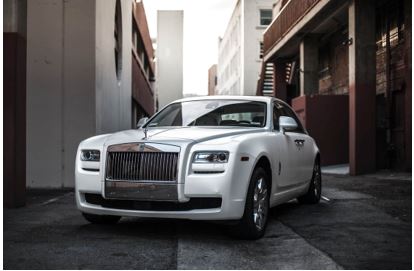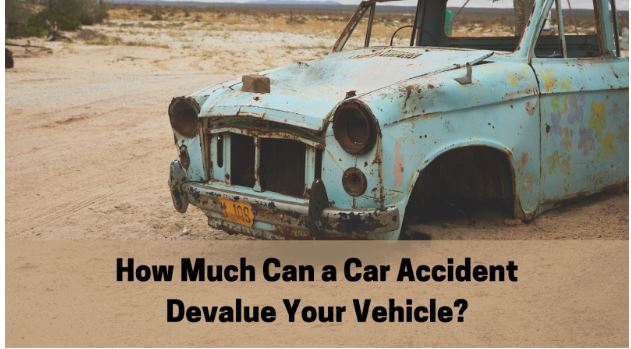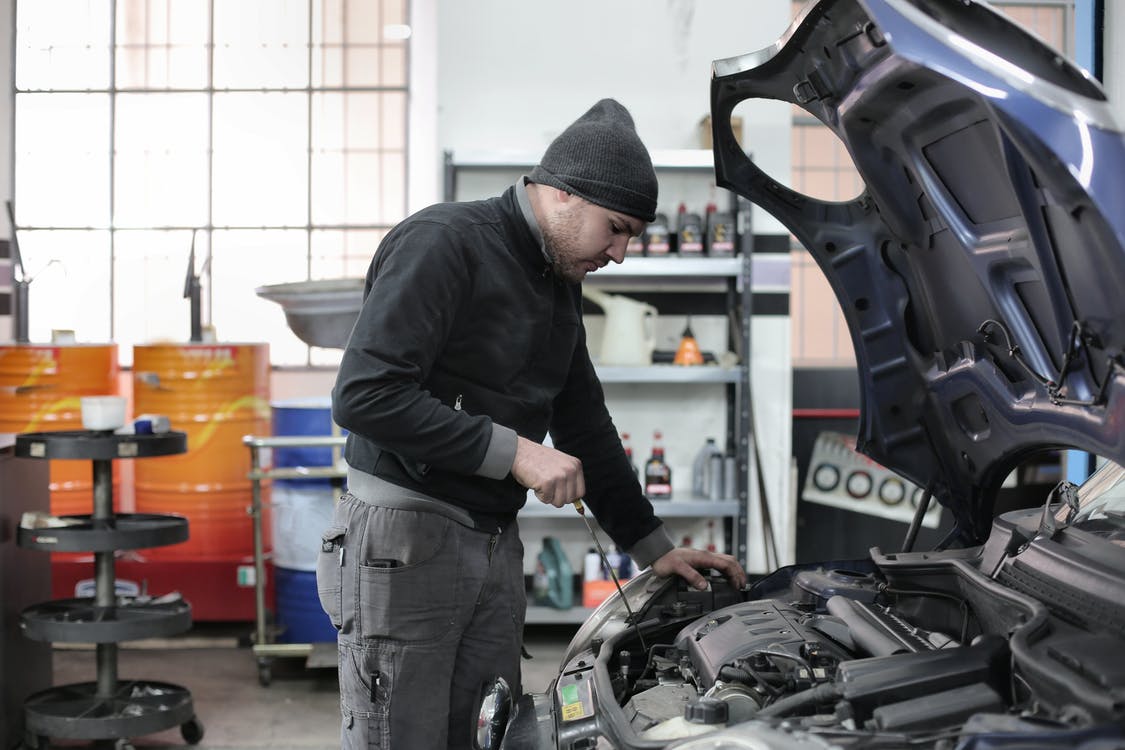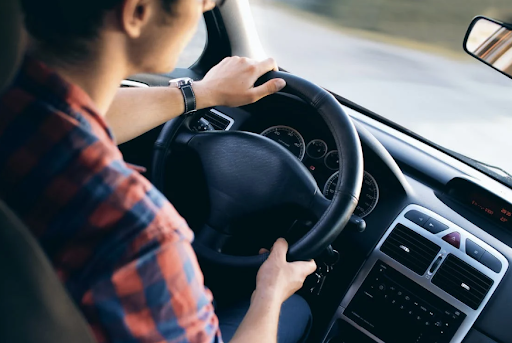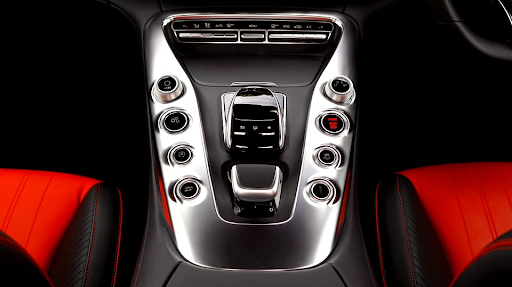Different Ways to Finance a Car: Explained
When you are looking to buy a car, the first thing you have to figure out is how you are going to pay for it. There are many different ways to finance a car, and each one has its own set of benefits and drawbacks. This article will discuss four different ways to finance a car and help you decide which option is best for you. Let’s get to the list.
Novated Lease
A novated lease is a type of car finance often used by people who work for companies that offer this benefit. Essentially, the company leases the car on your behalf and includes all the running costs in your salary packaging.
This means that you can get a new car without putting any money down or taking out a loan. You can consider a novated lease if you are looking for a new car and want to avoid a loan. However, you should be aware that you will have to pay GST on the car’s purchase price. The downside of a novated lease is that you are usually only able to lease a car for up to five years, and you will have to pay out the remainder of the lease if you leave your job.
Hire Purchase
Hire purchase is a type of car finance that allows you to spread the cost of the car over an agreed period, usually between two and five years. You will usually be required to put down a deposit of around 20% of the car’s value and then make monthly payments until the car is paid off. The car only belongs to you if you make the final payment; otherwise, it will be repossessed.
A hire purchase can be a good option if you want to own the car outright at the end of the finance period. However, you should be aware that you will have to pay interest on the loan, and there is always a risk that you could lose your car if you miss a payment.
Personal Contract Purchase (PCP)
A personal contract purchase (PCP) is a type of car finance that allows you to spread the cost of the car over an agreed period, usually between two and four years. You will be required to put down a deposit of around 20% of the car’s value and then make monthly payments until the end of the finance period. At the end of the finance period, you will have three options: You can pay a lump sum to own the car outright, return the car or trade the car in for a new one.
A PCP can be a good option if you want the flexibility to change cars every few years. However, you should be aware that you will have to pay interest on the loan, and there is always a risk that you could end up owing money if the car is worth less than the amount you have left to pay.
Personal Loan

A personal loan is a type of unsecured loan that you can use to finance a car purchase. You will usually be able to borrow between £1000 and £25,000, and you will have between one and five years to repay the loan. The interest rate on a personal loan is usually fixed, which means that your monthly payments will stay the same for the loan duration. Personal loans can be a good option if you want to own a car and have a fixed monthly payment.
There are many different ways to finance a car. The best option will depend on your circumstances and what you are looking for in a car. If you want to own the car outright, then a novated lease, hire purchase, or a personal loan may be best. If you want the flexibility to change cars every few years, a PCP could be the best option. Whichever option you choose, make sure you are aware of the pros and cons before deciding.
Check Next >https://www.neoadviser.com/risks-when-driving-a-faulty-car/
